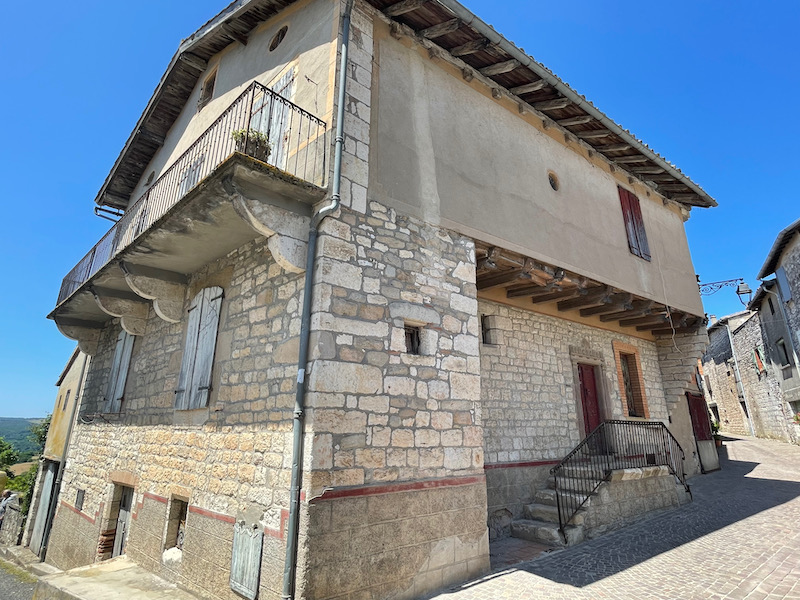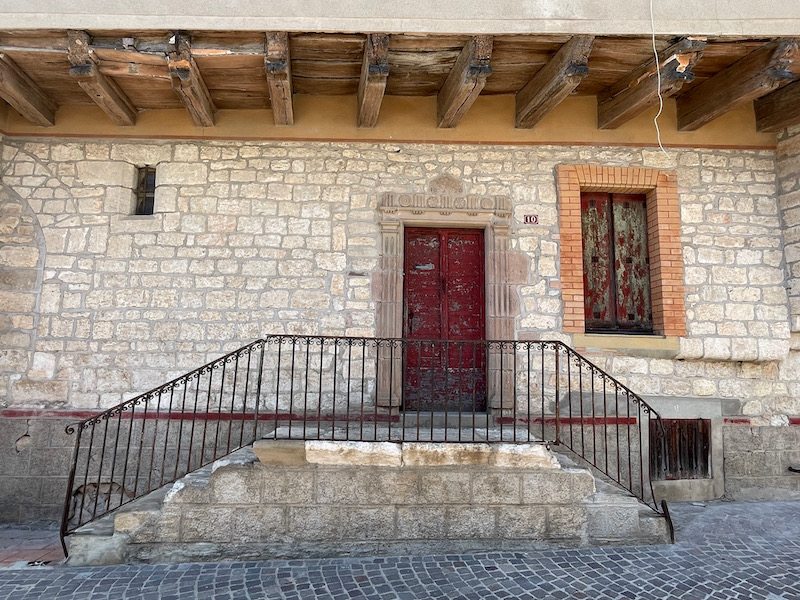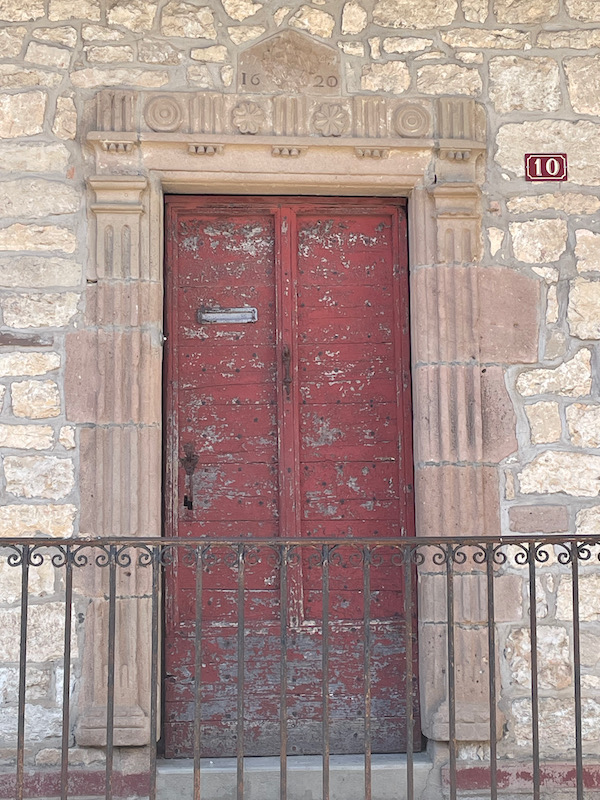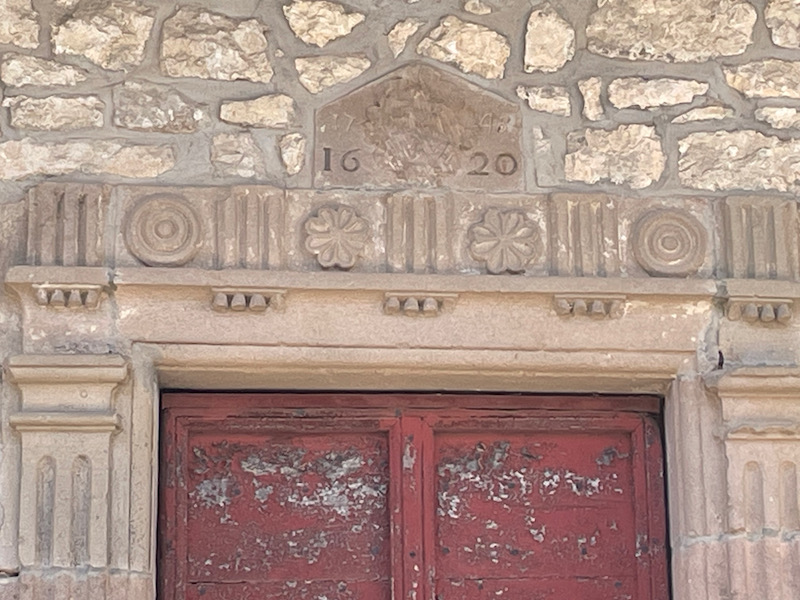Our Blog - Castelnau-de-Montmiral, France
Built around 1220, at the end of the Albi Crusades undertaken by Raymond VII, the bastide of Castelnau-de-Montmiral was attacked by the English, led by the Black Prince, during the 100 Years War. After such an experience the villagers knew how to defend themselves during the French Religious Wars and in doing so helped preserve what’s now recognized as one of France’s most beautiful villages. As you walk through the town, you see lots of half-timbered houses that have been preserved. And every once in awhile, you find a building with a little defensive turret with an arrow slit.
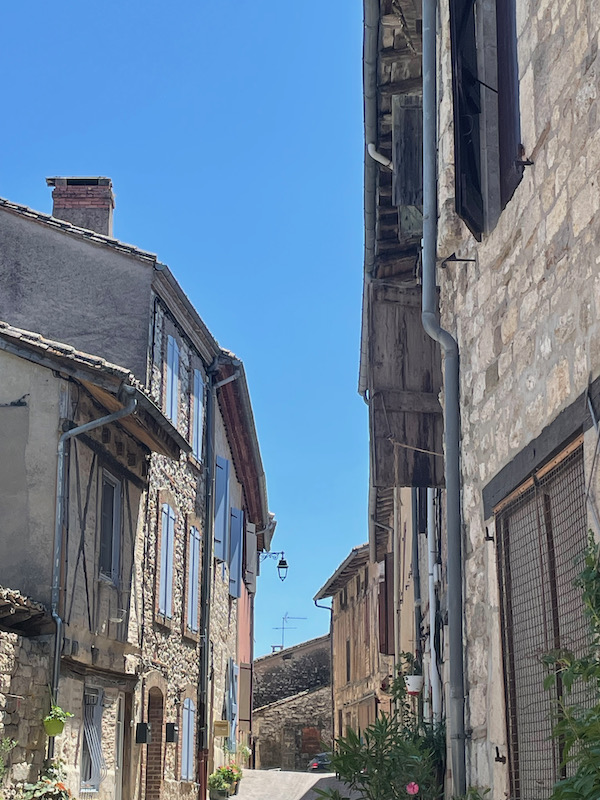
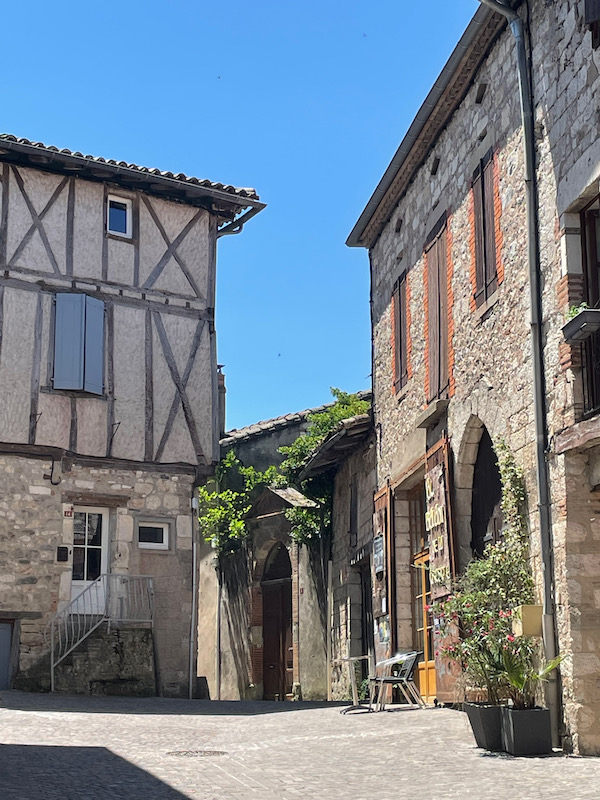
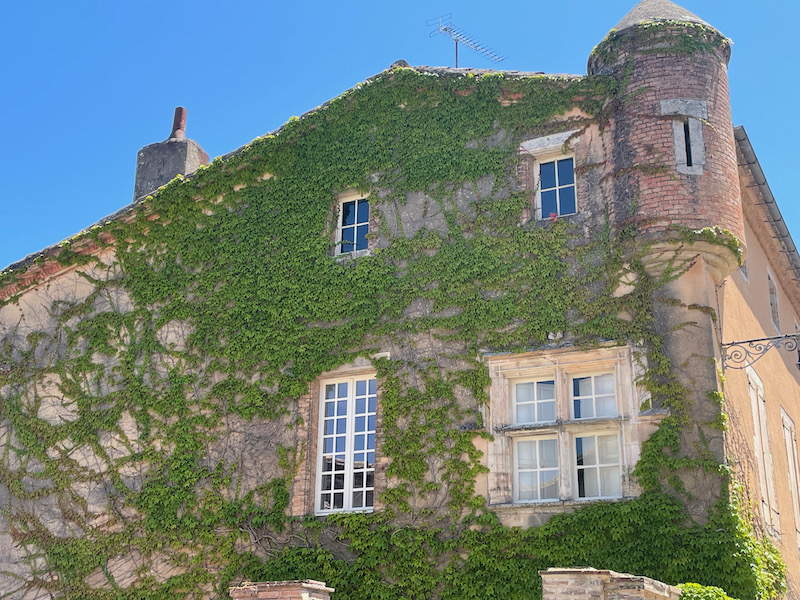
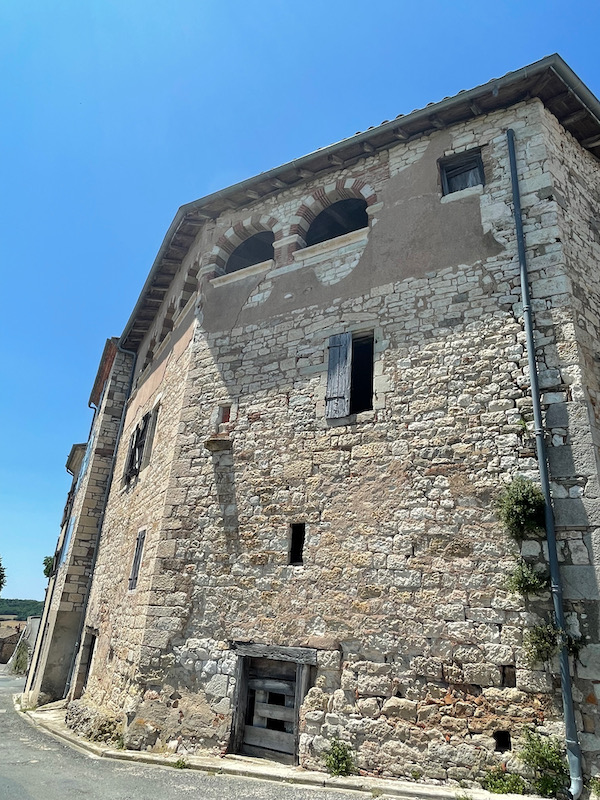
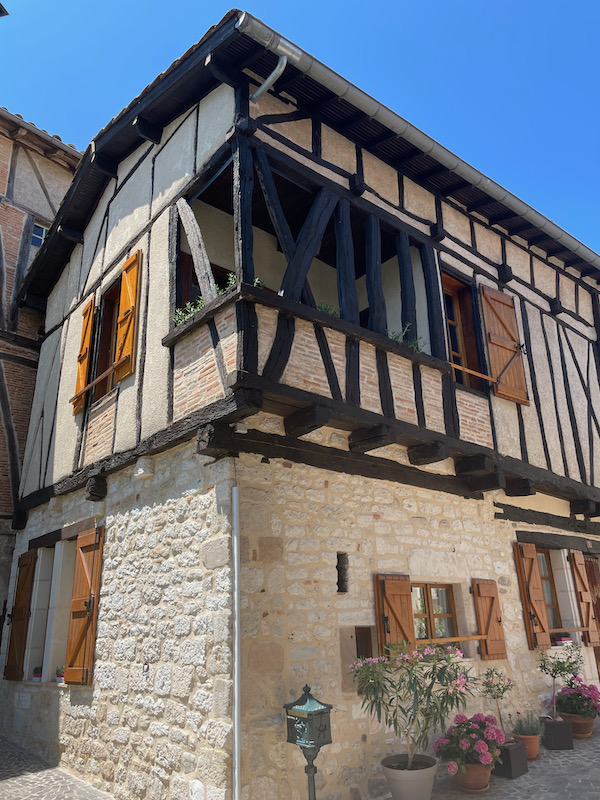
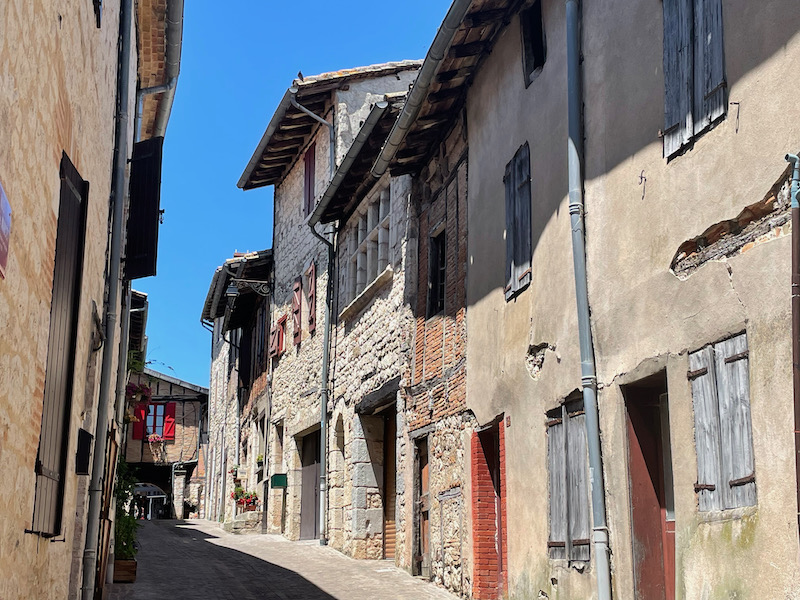
Garrics Gate is the only remaining gate, which dates from the 13th century. From this gate, the road goes to Gaillac.
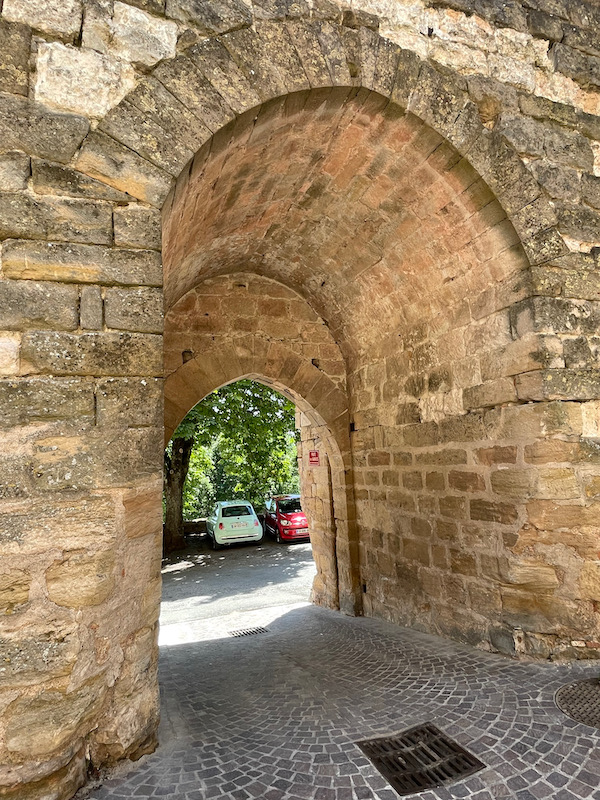
At the center of Castelnau-de-Montmiral is the central square, the Place des Arcades. The square is largely surrounded by medieval houses with the original arcades at ground floor. On the far end is a large stone building with mullion windows, and the date "1630" carved between the arcades on the ground floor.
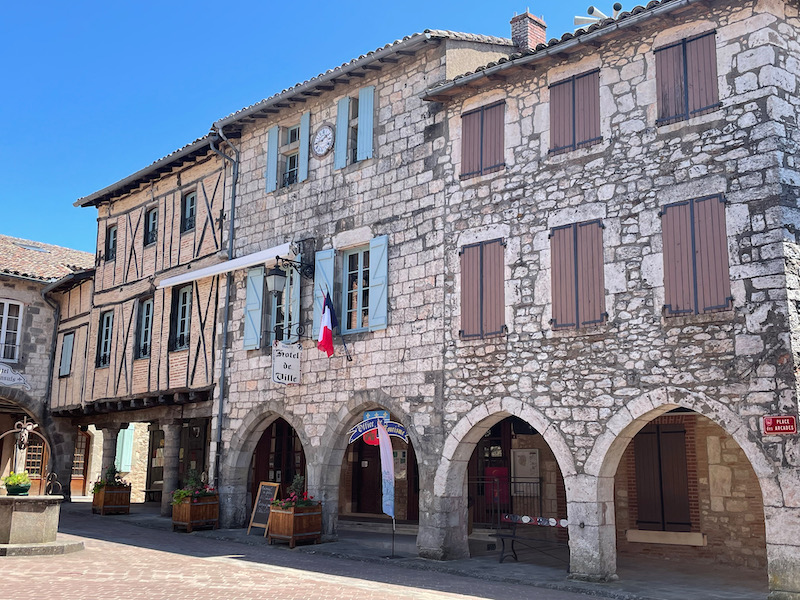
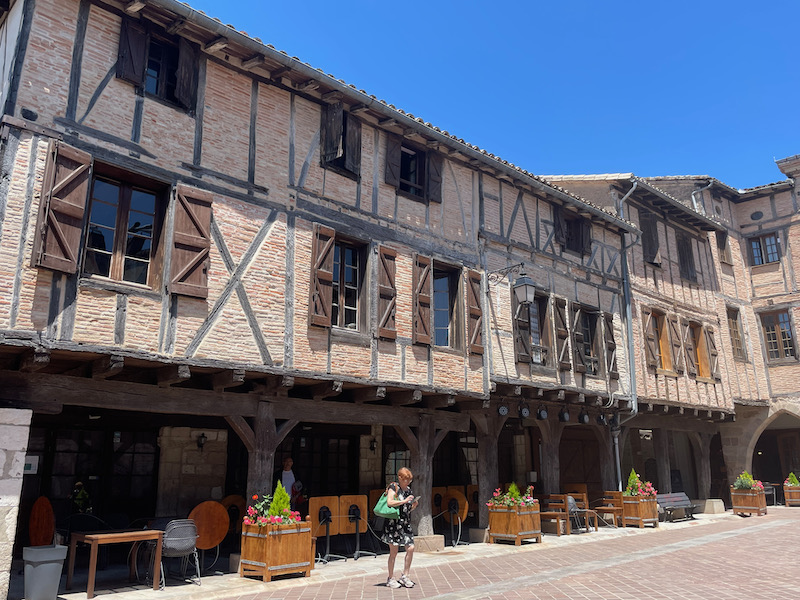
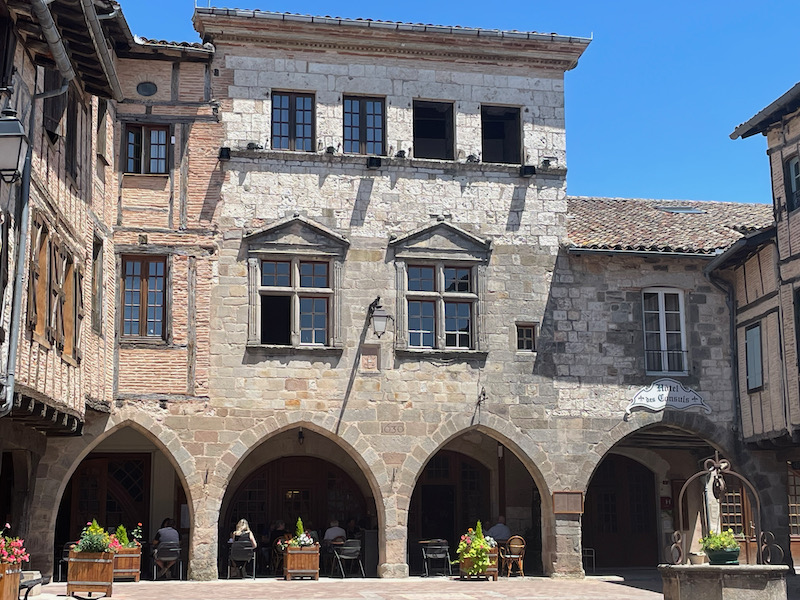
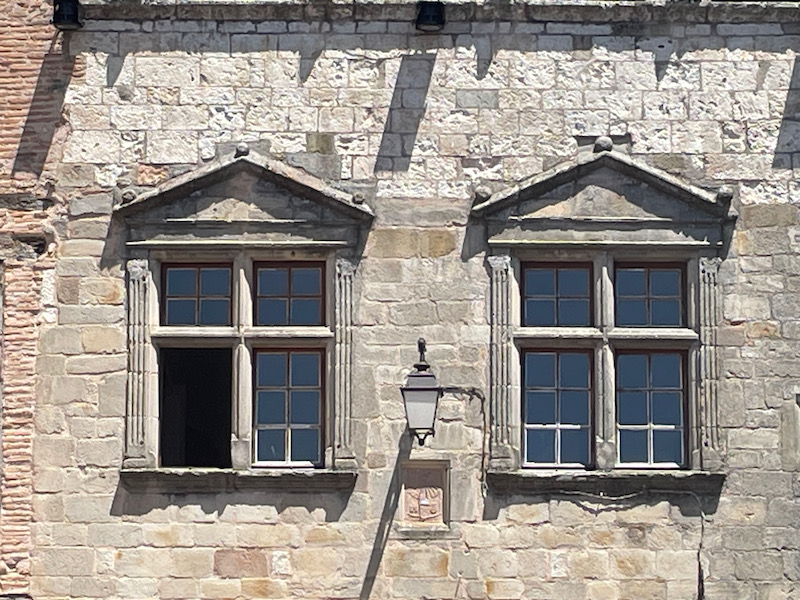
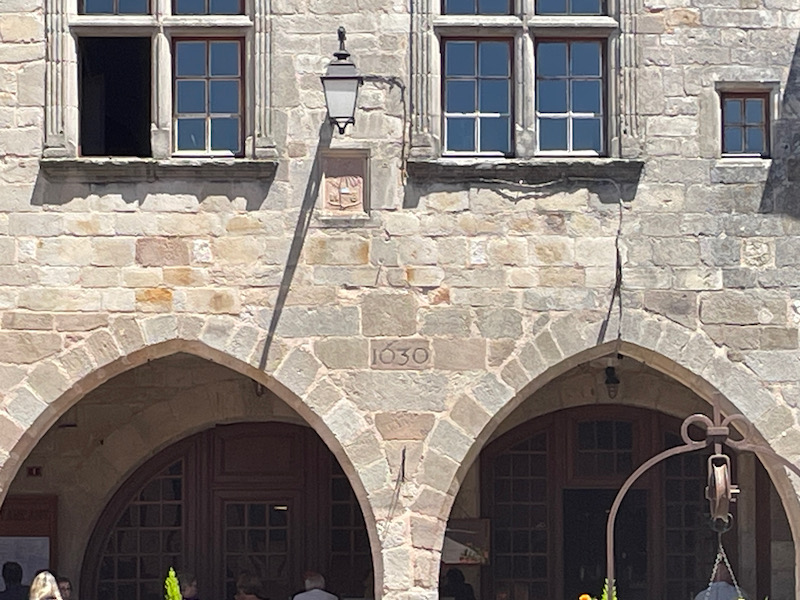
In 1504, a hospital could be found here, giving it the name Place de l'Hôpital. After its destruction, a tower was built in its place. Two stones with the royal arms of France and an inscription can be seen with the dates "1618" and "1619" on them.
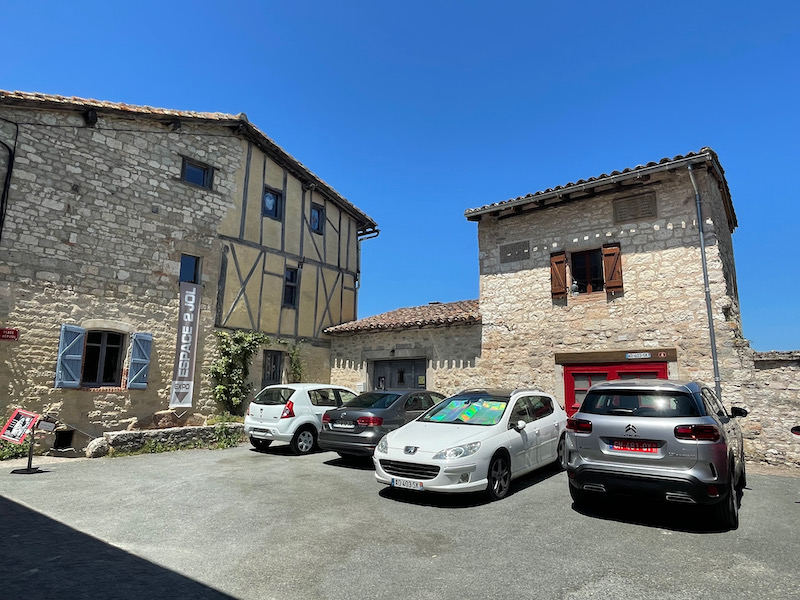
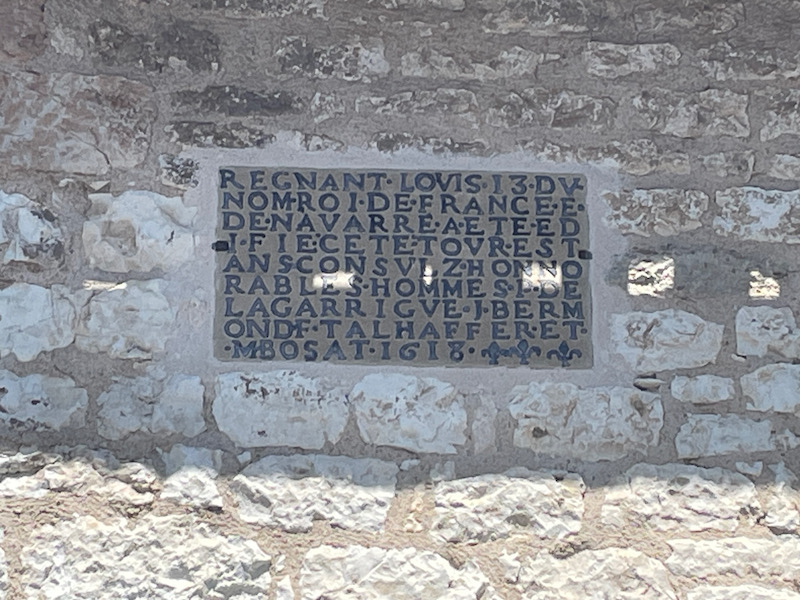
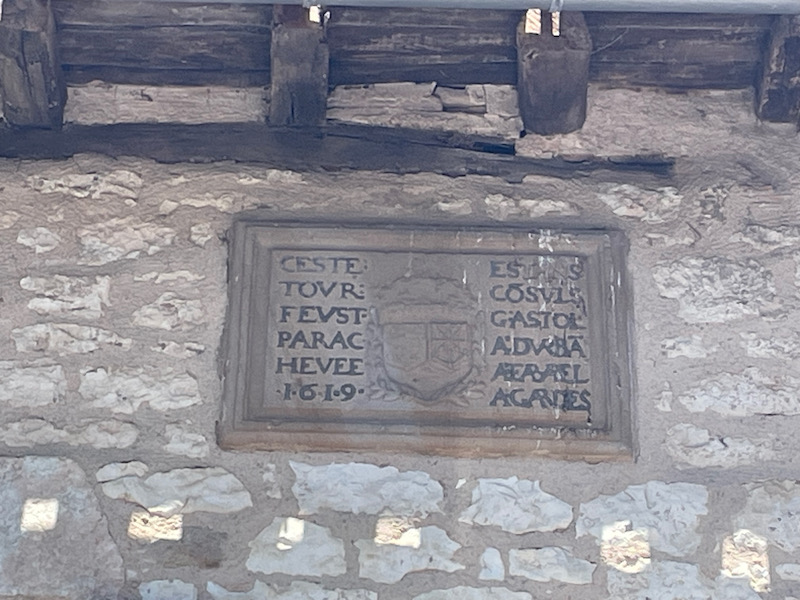
The 14th-century Notre Dame de l'Assomption church is found right in the middle of town and has a very somber exterior. The square bell tower used to have an arrow on top, that was then replaced by small turrets. But winds damaged them and were demolished and replaced by a cement slab. The church still has a few parts dating back to the 15th and 16th centuries.
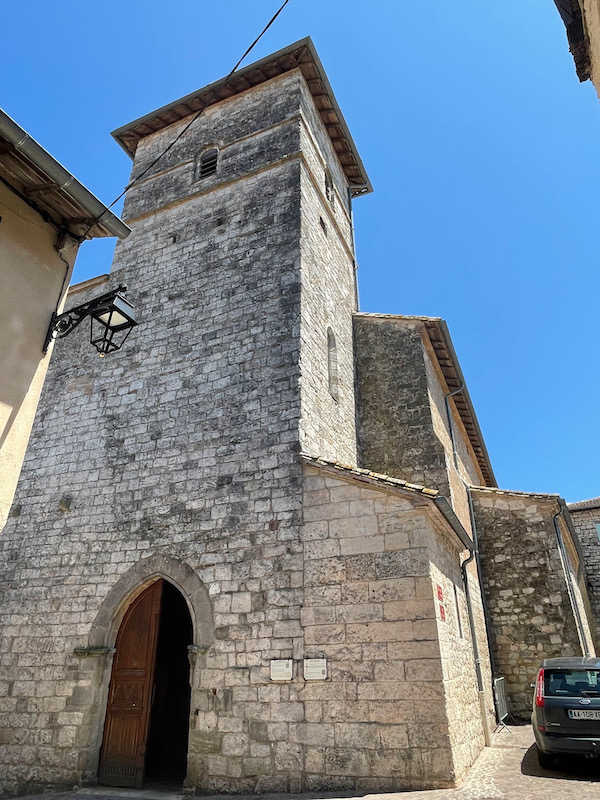
Looking down the church, you can quickly see the blue ceiling. The vaults are decorated with 19th century frescoes depicting scenes from the life of the Virgin Mary. The paintings were completed in 1856 by a painter from Toulouse.
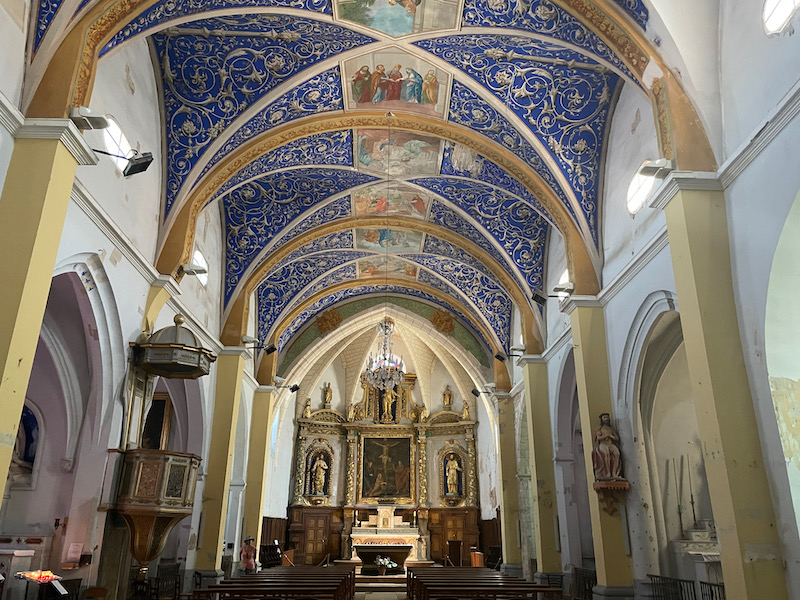
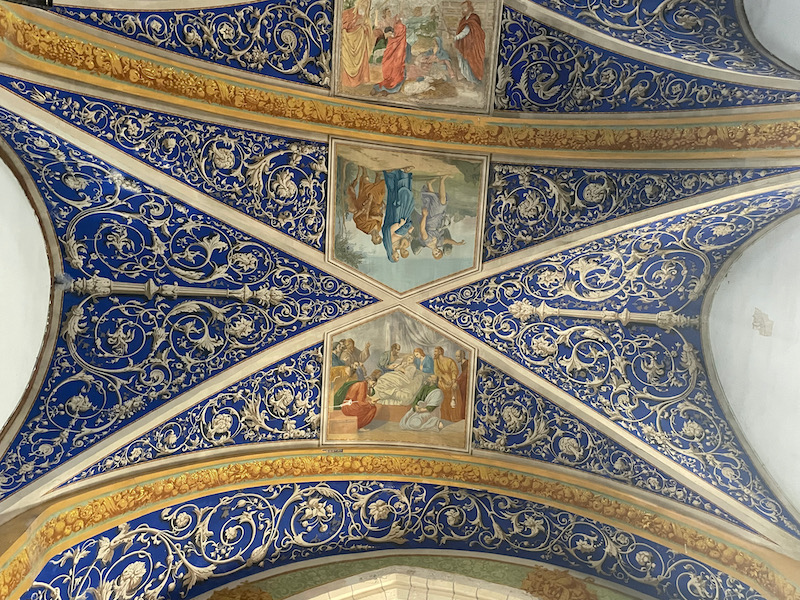
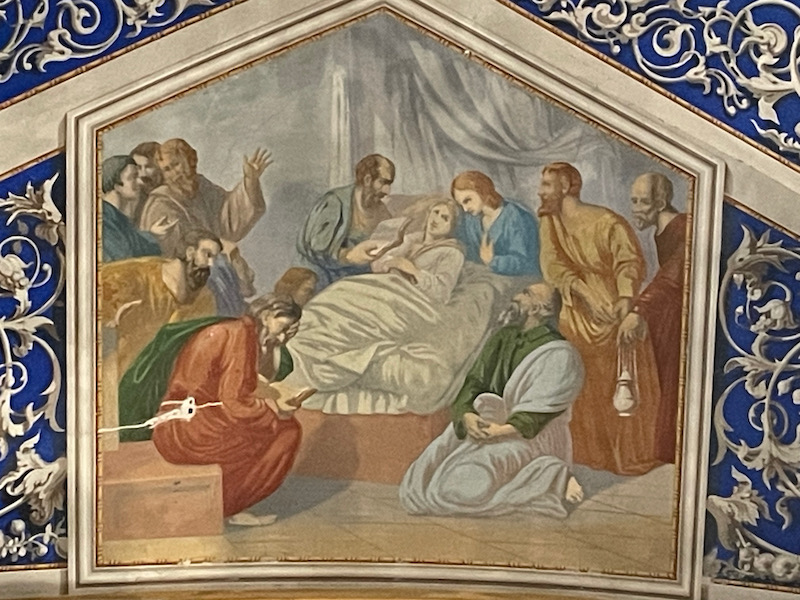
The 17th-century altarpiece came from an abbey that was destroyed during the French Revolution. The bas-relief on the front of the altarpiece shows the Last Supper. There is also a 13th-century jewel-encrusted cross that once belonged to the Counts of Armagnac.
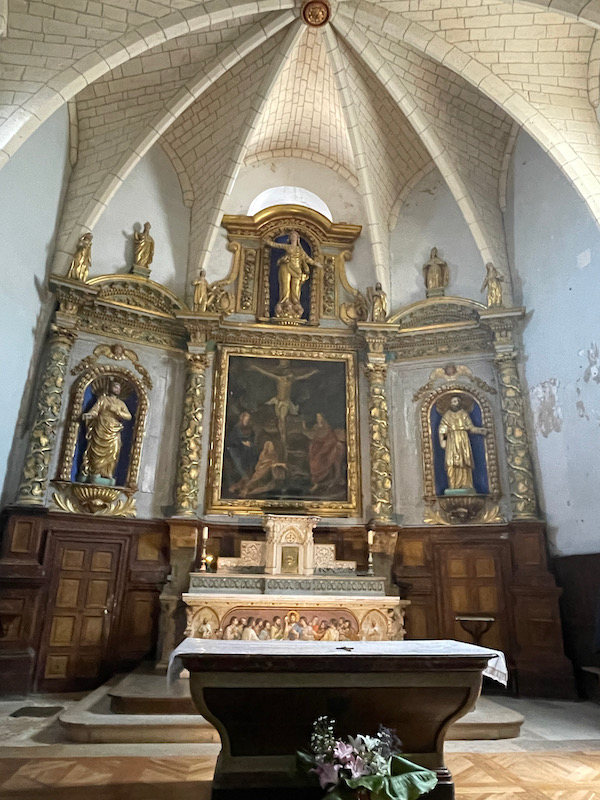
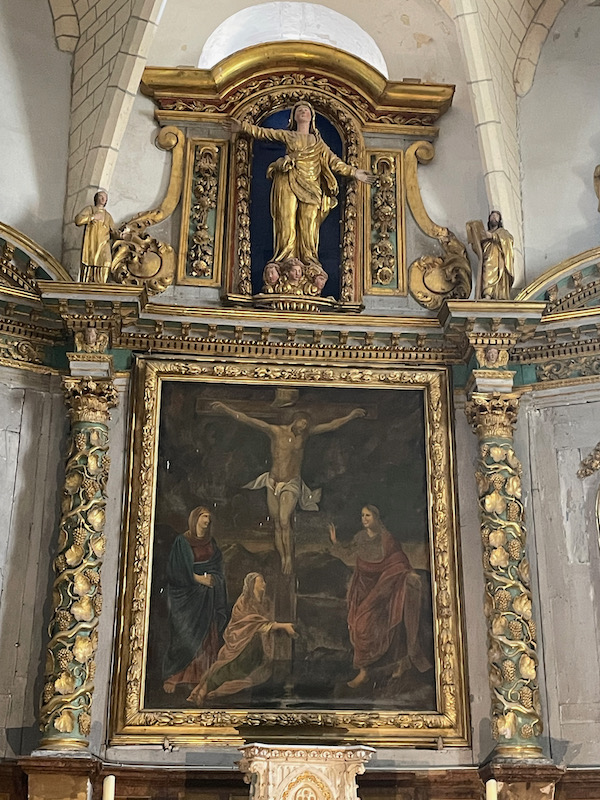
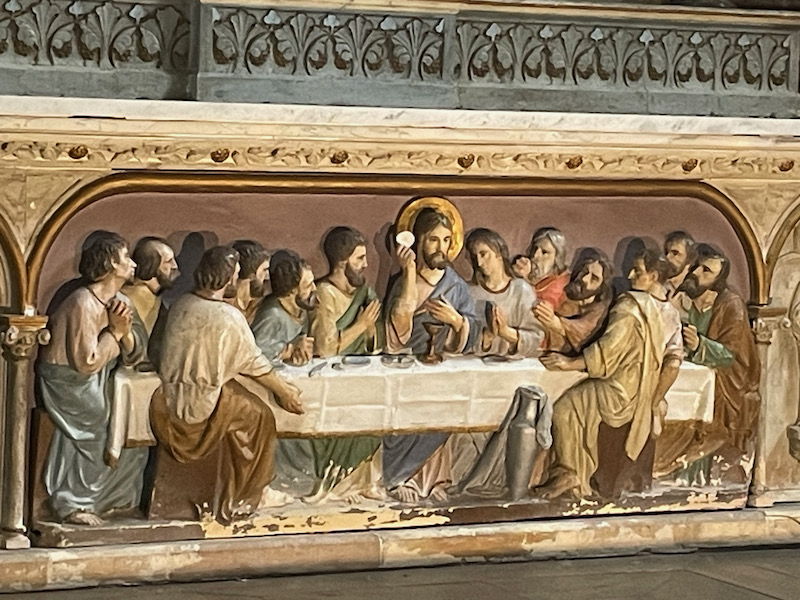
This will give you a good idea of the framework of the church and side chapels, all in stone with Gothic vaults.
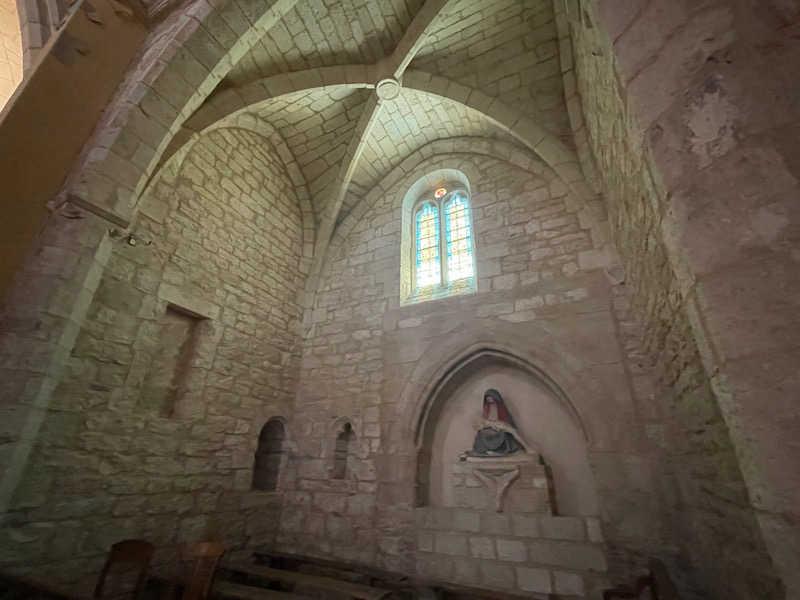
A couple statues ...the Pieta is from the 15th century and has not been restored, so it is still the original colors. The other is a Christ in bonds which is thought to be from the 15th century but it may be a copy.

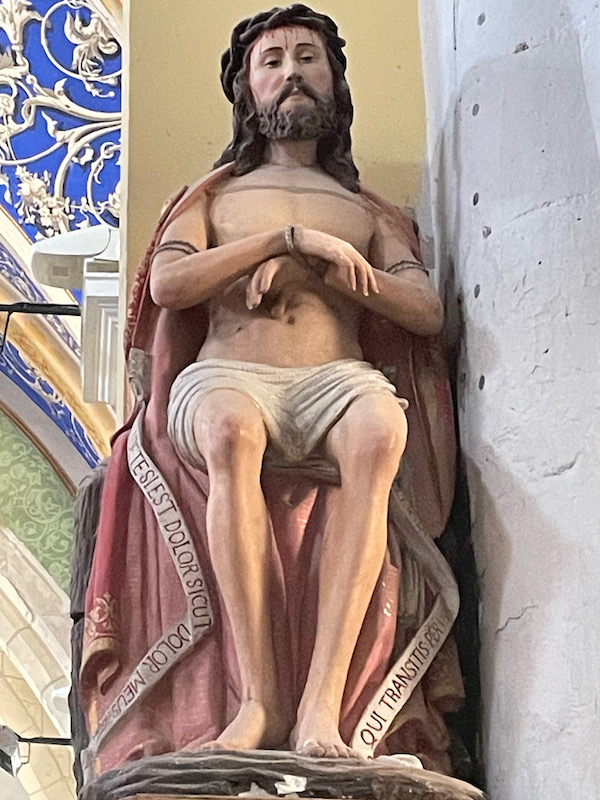
The Toulze Tower was the gate for the road going to Toulouse, which is how the name "Toulze" came from. On either side of the tower are parts of the original 15th century wall.
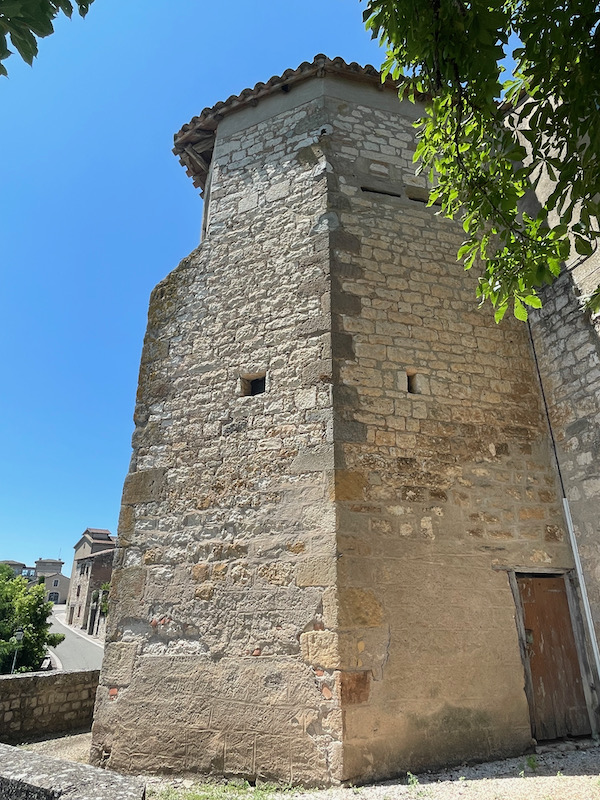
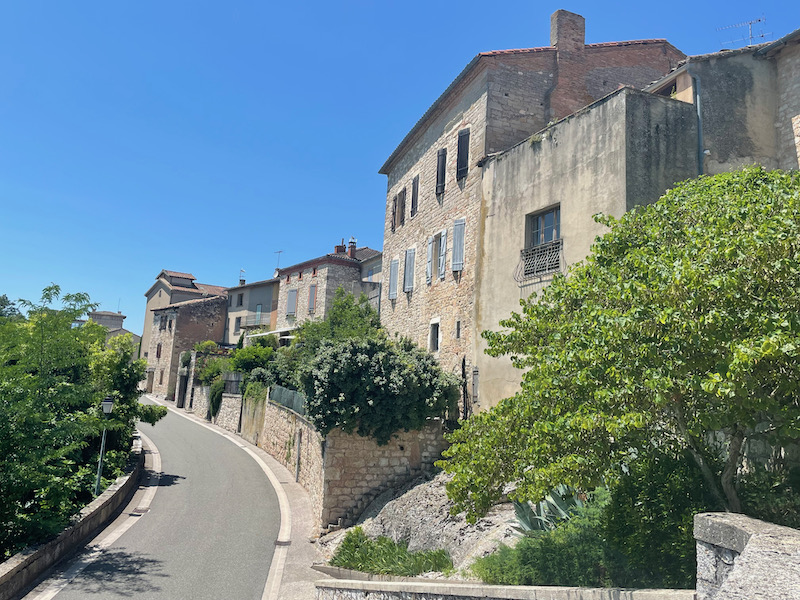
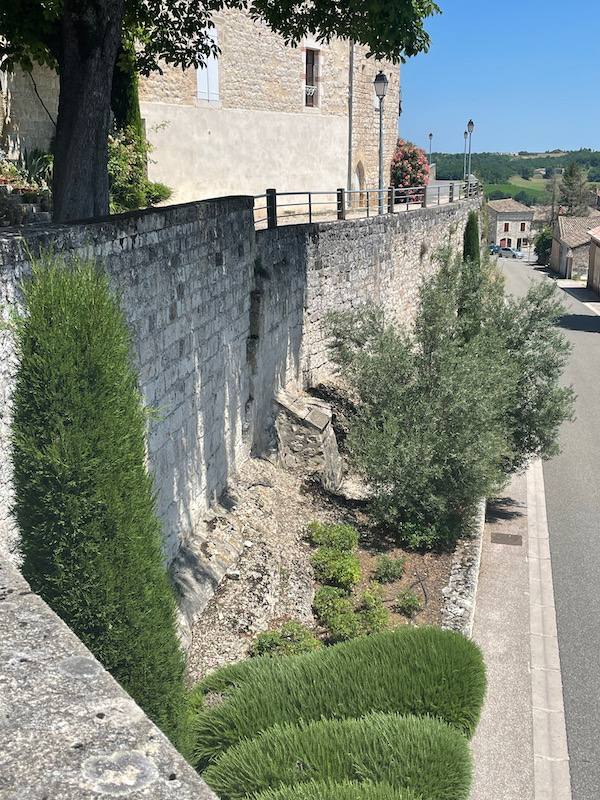
This is the Miramond House, the 15th residence of the former Montmiralaise family. You can see the date, 1620, over the door.
